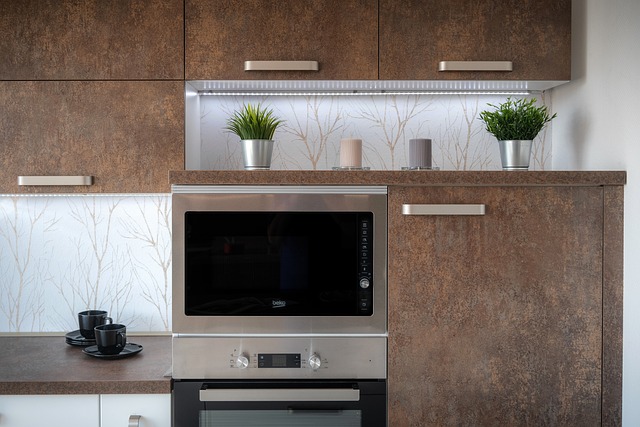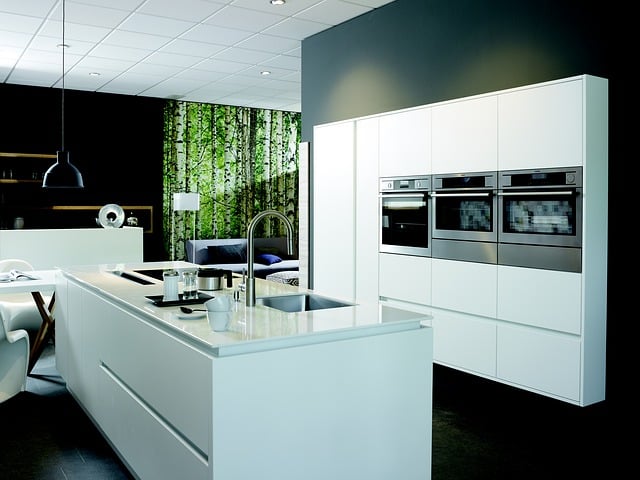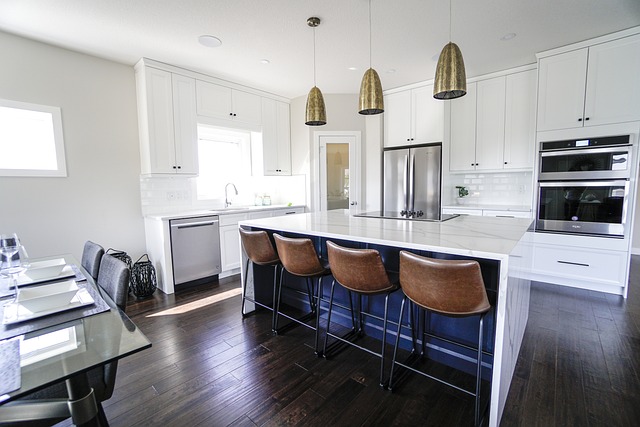Maximizing small outdoor living spaces for entertaining involves assessing sunlight, existing features, and area flow, transforming underutilized areas with multi-functional furniture and strategic planting for visual interest and privacy. Key strategies include creative furniture placement, vertical space utilization, modular designs, smart landscaping, and zone categorization to enhance ambiance and promote social interaction in compact spaces.
Maximizing small spaces for effective outdoor entertaining can transform your backyard into a vibrant gathering spot. In this article, we guide you through the process of enhancing your outdoor living spaces, focusing on maximizing every inch. From understanding your limited square footage and identifying unique features to selecting functional furnishings and smart decorations, discover strategies to create an inviting atmosphere despite the size. Learn how to strategically place seating, utilize natural light, and add greenery to make your outdoor space feel expansive and welcoming for all occasions.
- Understanding Your Small Outdoor Space
- – Assessing available square footage
- – Identifying unique features and challenges
- – Categorizing space for optimal use
Understanding Your Small Outdoor Space

Understanding your small outdoor space is the first step towards maximizing its potential for effective outdoor entertaining. Take a good look at the layout, considering factors like sunlight exposure, existing features such as trees or structures, and the overall flow of the area. Identify areas that can be utilized efficiently—maybe a corner by a fence can become a cozy seating nook or a narrow pathway can lead to an intimate dining zone. Don’t underestimate the power of creative thinking; transforming these underutilized spaces into vibrant outdoor living areas can dramatically enhance your entertaining capabilities.
Effective space planning involves optimizing every inch while ensuring functionality and comfort. Consider multi-functional furniture that serves dual purposes, like a sofa that doubles as a bed for overnight guests or a coffee table with storage. Incorporate foldable or stackable pieces to easily accommodate varying guest counts. Plants can also play a significant role in defining spaces and adding life; potted plants strategically placed along paths or against walls create visual interest while providing privacy and a connection to nature.
– Assessing available square footage

Maximizing your outdoor space for entertaining is an art, especially in smaller areas. The first step is to assess the available square footage, as this will dictate your layout and furniture choices. Measure every inch of your patio or balcony to get a clear idea of the dimensions, and don’t forget to consider any unique features like corners, alcoves, or built-in structures that can be utilized.
Think creatively about how you can transform these measurements into functional outdoor living spaces. Even a modest 100 sq. ft. can become an inviting area for gathering with strategic placement of furniture and clever storage solutions. For instance, if you have a narrow balcony, consider using a long, low table to maximize seating while saving floor space.
– Identifying unique features and challenges

Maximizing small spaces for effective outdoor entertaining requires a keen eye for identifying unique features and addressing challenges inherent in such areas. Outdoor living spaces, by their nature, often present compact dimensions and varied topography—from sloped yards to narrow balconies. These attributes demand creative solutions rather than traditional layouts. For instance, maximizing vertical space through hanging gardens or wall-mounted shelves can transform a small balcony into an inviting entertainment area. Similarly, incorporating modular furniture that can be rearranged for different occasions allows for flexible use of limited square footage.
Challenges also arise from factors like sunlight exposure, privacy concerns, and airflow. Smart landscaping, such as strategically placed screens or natural barriers, can mitigate these issues while enhancing the overall ambiance. For sunny areas, choosing weather-resistant outdoor fabrics and furniture is essential to ensure comfort during gatherings. Conversely, in spaces with less natural light, strategic lighting solutions can create a warm, inviting atmosphere for evening gatherings, transforming the outdoor living space into a vibrant setting for memorable moments with friends and family.
– Categorizing space for optimal use

When maximizing small spaces for outdoor entertaining, the first step is to categorize your available space for optimal use. Think about different zones dedicated to specific activities—a dining area for shared meals, a lounge zone for relaxation, and perhaps an interactive area for games or entertainment. This strategic division ensures every corner of your outdoor living spaces contributes to a well-rounded and enjoyable experience.
By understanding how you and your guests will interact with the space, you can make informed decisions about furniture placement, decor choices, and even technology integration. For instance, positioning seating areas close to a central kitchen or barbecue area streamlines entertaining while encouraging social interaction. Similarly, incorporating lighting and sound systems tailored for outdoor spaces enhances ambiance and versatility, making your small outdoor living spaces feel both inviting and dynamic.
Maximizing small outdoor spaces for effective entertaining is achievable through thoughtful assessment and strategic categorization. By understanding your square footage, identifying unique features, and planning for optimal use, you can transform these compact areas into vibrant hubs of outdoor living. Embrace the challenge and let your creativity flow to make every corner count, ensuring memorable gatherings in even the smallest of spaces.
